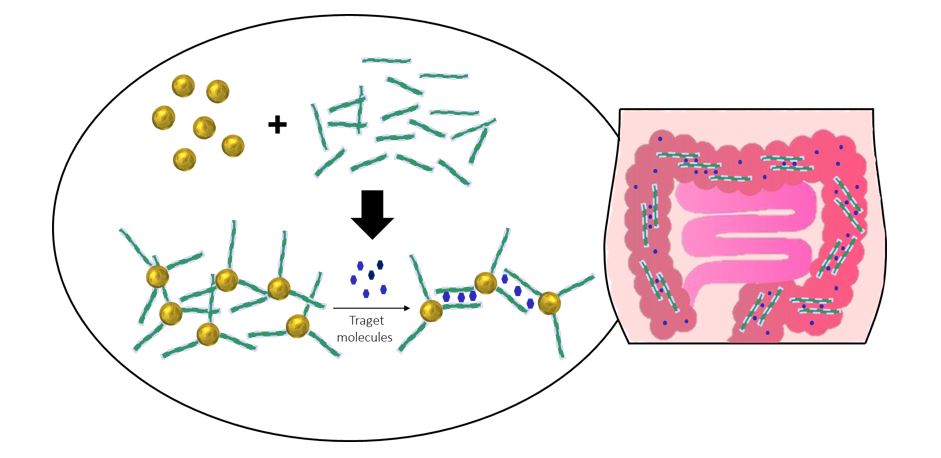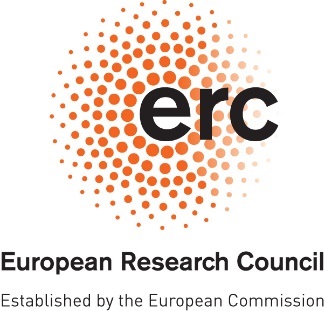Interaction with Small Molecules
Background
There is solid evidence in the literature that soluble dietary fibres (DFs) can decrease the absorption rate of small molecules, such as bile acids, sugar, and dietary toxins from the gut. Furthermore, epidemiological and clinical studies demonstrate that consumption of DFs reduces risk for developing coronary heart disease, stroke, hypertension, diabetes, obesity and certain gastrointestinal disorder. Therefore DFs enriched foods and fibre supplements are commonly available on the market [1].Recent research has begun to study different types of DFs with varying chemistry to determine if increasing their levels in a diet may be beneficial to human health. Guar galactomannan (GM), a water-soluble polysaccharide derived from the seeds of Cyamopsis tetragonolobus plant, has been reported to be useful in the therapy of hypercholesterolemia and hyperglycaemia as well as an indigestible sugar obesity treatment [2]. Despite the binding of small molecules and minerals by DFs involves significant potential in food and dietary supplements, the supramolecular mechanism by which DFs exert their protective effects remains to be elucidated.

Research Goals
The purpose of this project is to create a library of glyconanoparticles (GlycoNPs) probe with different fibres-nanonoparticles in order to study the supramolecular interactions between fibres and small molecules [Figure 1]. The long-term goal of this research program is to contribute knowledge and experimental tool required to understand, on the basis of chemical structure, the health promoting properties of soluble DFs.
Funding
